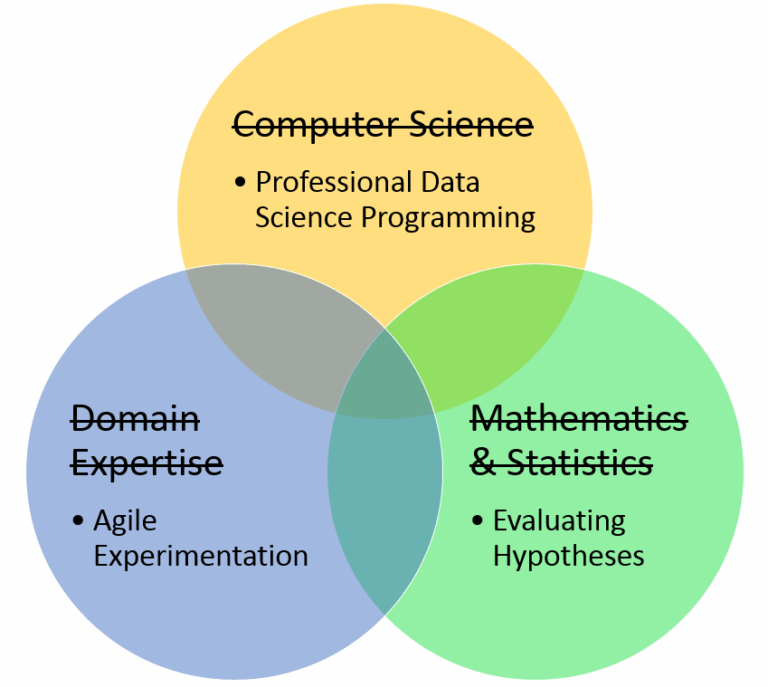When Lara joined a mid-sized logistics company as their first data analyst, she didn’t walk into a sleek data lab or a well-structured warehouse. She walked into chaos.
The company had grown fast—new contracts, expanding fleets, hiring more drivers every month—but their data? It lived in a patchwork of Excel files, email threads, and whiteboards covered in Post-it notes.
This is the story of how a company with zero data infrastructure became data-driven in less than a year—and how the lessons they learned can help any business make the same leap.
Step 1: Understanding the Problem
No one trusted the numbers
Every department had their own “version of truth.” Marketing’s numbers didn’t match finance. Operations tracked performance on spreadsheets with broken formulas.
When Lara tried to present data in meetings, she was challenged constantly: “Where did you get that number?” “That’s not what we have.” “I don’t trust this chart.”
The result? Decisions were slow, emotional, and defensive.
No central data source
Customer information was stored in the CRM—but only partially. Delivery times were tracked by dispatchers manually. Revenue reports came from accounting once a month. Nobody had a real-time view of what was happening.
Step 2: Building the Foundation
Start small, fix something painful
Instead of launching a big “data strategy” with slide decks and buzzwords, Lara focused on one painful problem: delayed deliveries.
She combined dispatcher notes with driver GPS logs and warehouse load times into one weekly dashboard.
Suddenly, the team could see:
- Which regions had the most delays
- Which drivers were consistently ahead or behind
- How warehouse bottlenecks affected outbound schedules
The COO was hooked.
Get leadership buy-in with results
With real data showing that delays dropped 14% after adjusting one shift schedule, the leadership team finally saw value.
That led to the next question: “Can you help us understand fuel costs by region?”
Momentum had started.
Step 3: Choosing the Right Tools (Not the Fancy Ones)
Free and simple tools to start
Lara didn’t wait for a huge budget. She used:
- Google Sheets for sharing cleaned reports
- Python + Pandas for merging and transforming files
- Google Data Studio for simple dashboards
- Zapier to automate weekly updates
Later, the company invested in:
- A cloud data warehouse (BigQuery)
- dbt for data modeling
- Metabase for more robust dashboards
But in the beginning, the tools were basic—and that was enough.
Step 4: Culture Change
Teaching people to ask better questions
Lara didn’t just build dashboards. She ran lunch-and-learn sessions where she explained:
- What the data meant
- What it didn’t say
- How to use it to drive action
Slowly, teams stopped asking “What’s the data say?” and started asking, “What can we do with it?”
Making data part of meetings
Instead of saving dashboards for quarterly reviews, teams began opening them in daily standups. KPIs became part of everyday language.
It wasn’t just a reporting tool anymore—it was a mirror.
Step 5: Scaling Without Losing Trust
Creating definitions
What exactly is an “on-time delivery”? A “lead”? A “repeat customer”?
Lara created a data dictionary so every department shared the same understanding.
This avoided endless debates and improved alignment across teams.
Empowering others
She trained key team members to create their own charts and monitor their own metrics.
Instead of bottlenecking through the data team, they created a self-service culture—with guardrails.
Before vs After
| Metric | Before | After |
|---|---|---|
| On-time delivery rate | 78% | 91% |
| Monthly report prep time | 5+ days | <1 hour |
| Weekly team alignment calls | Heated debates | Data-backed strategy |
| Decision-making | Gut-based | Evidence-led |
Key Lessons for Any Business
1. You don’t need big data—just good data
Start with the data you already have. Even small datasets can reveal powerful trends.
2. Focus on action, not analytics
Data isn’t there to look pretty. It’s there to change behavior. Prioritize insights that lead to action.
3. Earn trust early
People don’t follow dashboards—they follow credibility. Prove value quickly, then expand scope.
4. Make it visible
Don’t hide data in PDFs or static reports. Put it on screens, in meetings, and in the language of teams.
5. Build for people, not just tools
The best dashboards fail if no one uses them. Design with empathy and utility in mind.
The Bigger Picture
Lara’s story isn’t unique—it’s happening in businesses around the world. You don’t need to be Google or Netflix to become data-driven.
You just need:
- One problem worth solving
- One person willing to lead
- One culture ready to listen
It doesn’t start with software. It starts with questions.
And clarity always follows.







